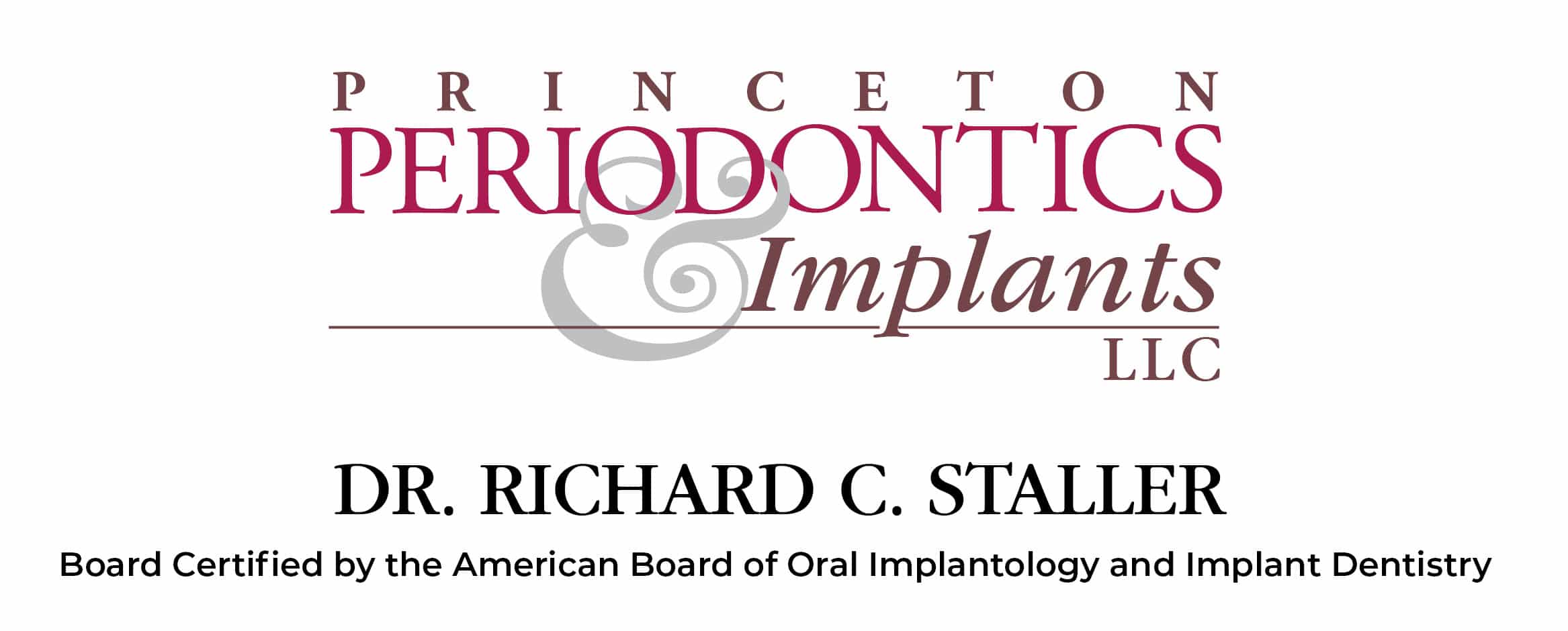Other Treatments
Sinus Lift
The goal may be a bright smile, but a dental implant begins with the jawbone. It can end there, too. Placing an implant depends not just on having enough jawbone but on having enough quality jawbone. A sinus lift, a procedure that covers several techniques, can remedy the situation by raising the sinus floor—the sinus gradually enlarges with age–creating more space to place a bone graft and form a new foundation for the implants in the back of your upper jaw.
Which type of sinus lift is right for you will depend on the amount of bone you have left. Generally, the procedure will follow these steps: A local anesthetic is applied to the surgical site. An opening is then created in the bone to access the sinus cavity. Next, the sinus is gently lifted using a small instrument. The grafting material is then placed beneath the sinus membrane alongside the existing bone and stabilized. Finally, the gum tissue is stitched closed.
Depending on your procedure, a dental implant can sometimes be placed during the same sitting. Otherwise, you’ll need between four to nine months to heal before the implant is placed.
It’s also worth noting that sinus lifts are routine procedures. It will not affect your sinuses, breathing, or allergies.
Ridge Augmentation
Ridge Preservation
With the removal of a tooth, the jawbone can shrink very quickly at first. It’ll never actually stop shrinking, but the pace will eventually slow. It’s natural, but it’s nonetheless problematic when placing an implant. Ridge preservation minimizes that initial shrinking by filling the socket with a bone graft right after the tooth is removed. Once the implant is placed, the shrinking will stop altogether.
A local anesthetic is applied to the surgical site. The tooth is then carefully removed without disturbing the existing bone. Next, a protective lining may be placed in the socket before the bone grafting material is added and stabilized with a protective covering. Gradually, the graft material will be replaced by your own newly regenerated bone.



